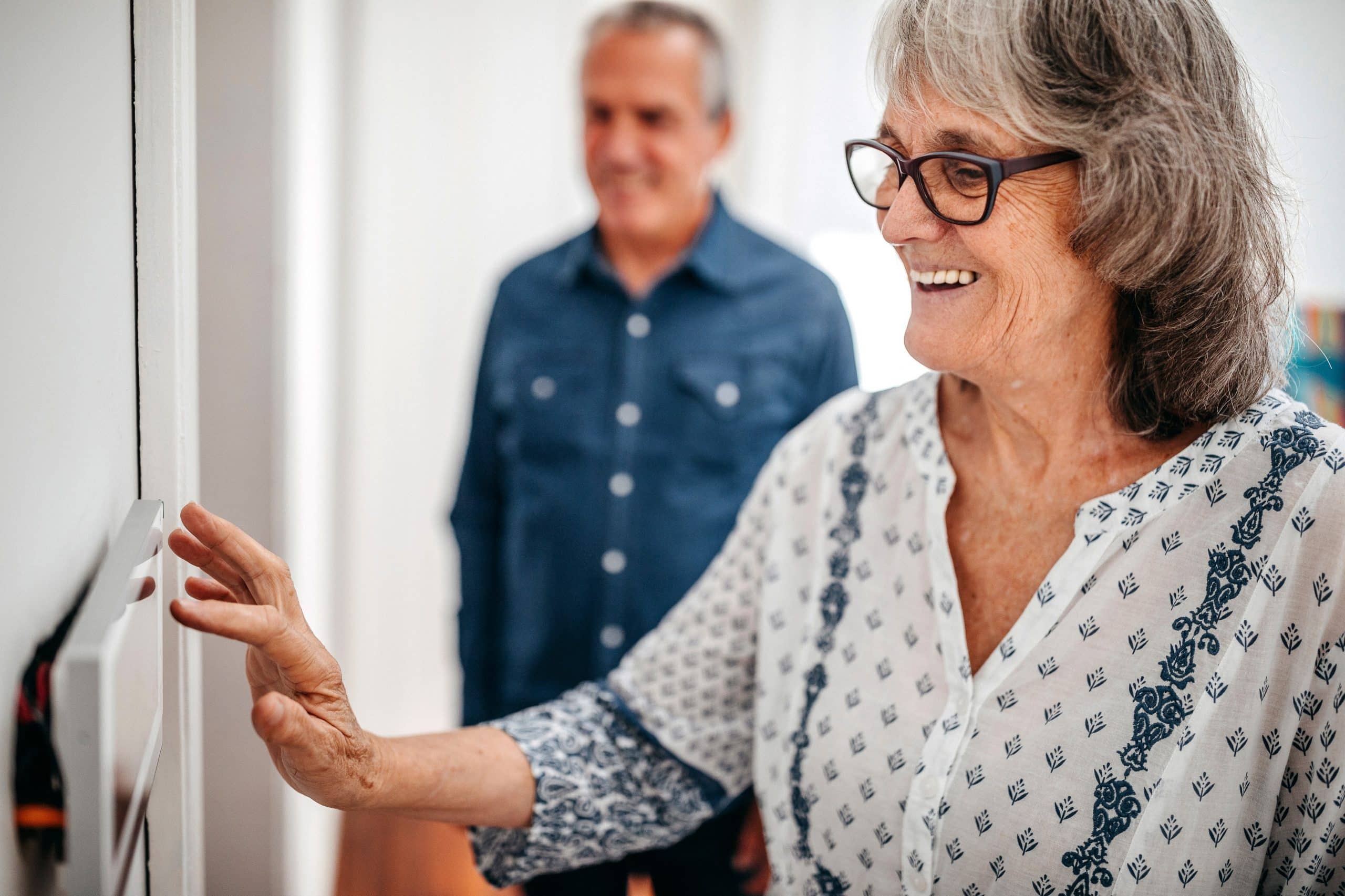
ICON_PLACEHOLDEREstimated reading time: 3 minutes
Before air conditioners were commercialized, people had to rely on fans, ice, and cold baths to keep cool. Today, all we need is an air conditioning system set up in our homes to enjoy the once ancient luxury that is cool air. But how did we get from stocking up some ice to setting up electrical systems that do not use any ice at all? What is the science behind these machines that cool our air?
The AC’s Working Parts
Today, thanks to our AC units, we can have the benefit of enjoying cool air in the comfort of our own homes, which is a blessing to have during hot summer days. Contrary to popular belief, however, air conditioners do not produce or create cold air. Rather, they take the warm air of the room, cool it, and spread it back out again. It sounds simple in theory, but its working parts definitely add more to the story.
Your System’s Vital Fluid
The secret ingredient to the cooling process is a mixture of chemicals we can call a “refrigerant”. The refrigerant is a fluid that can transition from liquid to gas, and back again. This transitioning is utilized over and over in the process, making it the AC’s key operation.
The Main Components Of Your Air Conditioner
Apart from the refrigerant, the AC has three main parts:
- The Evaporator, found indoors.
- The Compressor, found outdoors.
- The Condenser, found outdoors.
Each part represents a phase in the cooling process, namely: evaporation, compression, and condensation, respectively.
Among all three, the Evaporator is the only one found indoors. This is where the whole process starts and returns, as this is where the warm air from inside your home first goes to, for cooling.
The Air Cooling Process
We know that the refrigerant’s transition from state to state is an essential part of the cooling process, and we know that the main components of the AC relates to this transition– but how exactly do these bits and pieces work together to cool your home’s air? This section discusses the processes in more detail, step-by-step.
- Warm Air goes through Evaporator.
The warm air coming from the room goes through a vent and into where the evaporator coils are housed. The evaporator, at this stage, is very cold, due to the refrigerant, which is a cooling fluid, being in its liquid state. This coil absorbs the heat from the air coming in, while the evaporator’s fans blow the now chilled air out of air ducts, cooling your home.
- Refrigerant goes into the Compressor.
The heat the refrigerant absorbs forces it to change into a gaseous state, which is the perfect form for it to enter the compressor. Once in the compressor, the refrigerant’s volume is heavily decreased. This is due to the tight squeezing the compressor does to the refrigerant. The pressure caused by squeezing closely packs the gas’ molecules, which then creates a huge increase in temperature.
- Refrigerant goes into the Condenser.
When the refrigerant reaches the condenser, it is in the form of a superheated vapor. This vapor is exposed to the outside air, which then takes away most of its heat, soon cooling it down and turning it back into its original liquid state.
- The process loops until the room reaches the desired temperature.
In its liquid state, the refrigerant is quick to cool. It travels, once again, into the evaporator. At this point, step 1 up to step 3 repeats in a loop until the temperature aligns with your home’s thermostat settings. It is important to note that this cycle happens very quickly– which is why cool air can be expected in a matter of minutes.
